Herrick Goldman: Balanced Light
Posted on April 29, 2019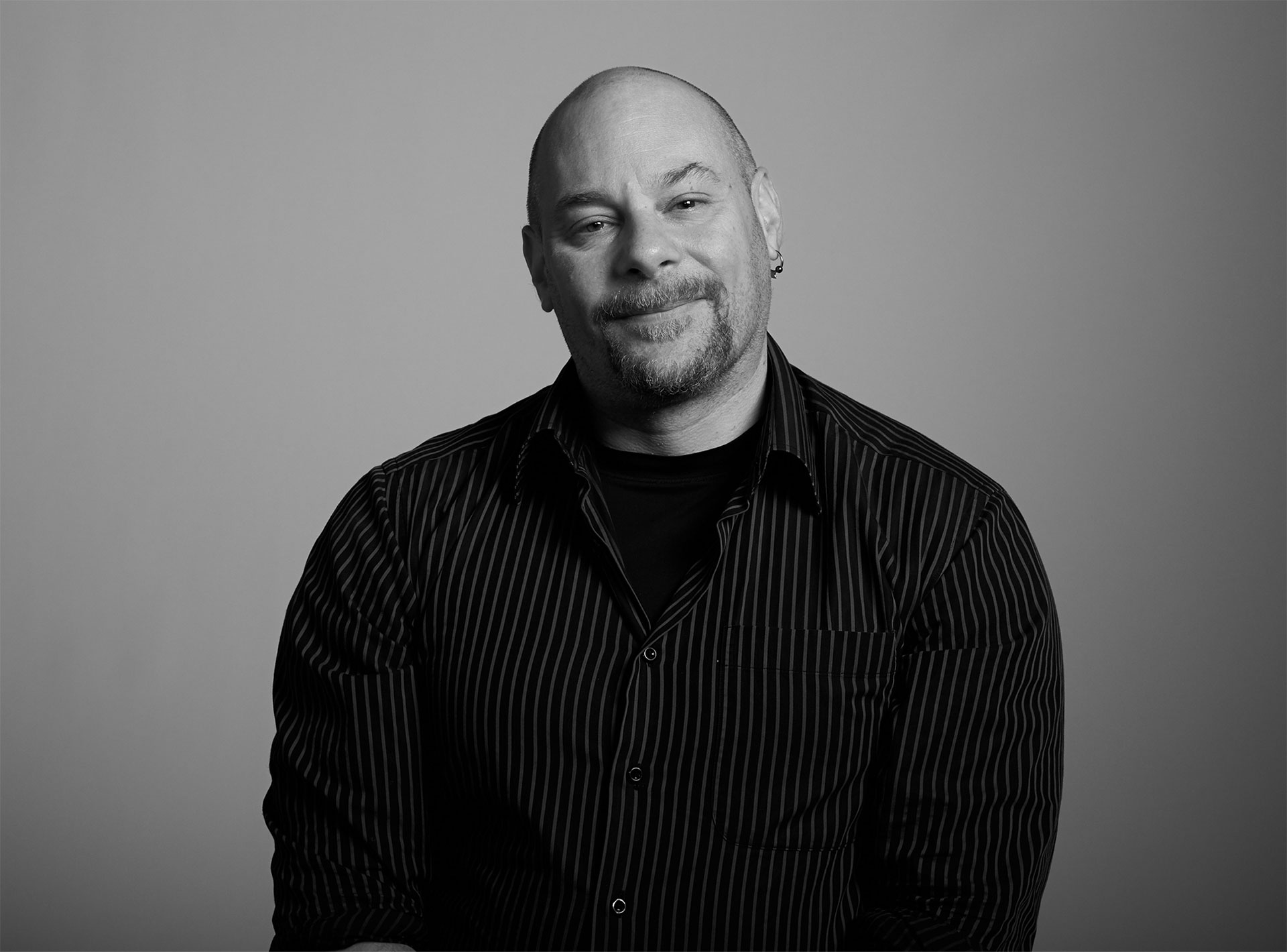
Can light exist without darkness? It is the sort of question that beguiles researchers at schools like MIT, where this New York-based designer once taught in the Theatre Arts Department. Although he never officially delved into the physics underlying this question during his time at the school, Goldman has made it his passion to study the mysterious, some might say mystical, relationship between the illuminating power of light and the shadowy space that lays just beyond its reach.
Maintaining a harmonious balance between the two forces has informed Goldman’s entire body of work as a lighting designer. In pursuit of this balance, he pays almost obsessive attention to light angles. Light, as he knows, has no mass. Its impact comes not from itself, but from its interaction with everything around it — and that interaction is determined by angles.
Although Goldman uses front lighting for fill-ins, it is the last thing he considers in his designs. Far better, to experiment with different light angles so he can create the kind of magical interplay of brightness and shadows that carves out an actor from the background scenery, conveys that passage of time, and evokes infinite emotions.
A LDI Redden Award winner for theatrical lighting and two-time Henry Hewes nominee, Goldman has applied his balanced design philosophy to a diverse and celebrated body of work that includes plays on and off Broadway, world and national theatrical tours, film projects like “The Amazing Spider-Man 2,” “Noah,” and Jodi Foster’s “Money Monster,” Tina Fey and Amy Poehler’s “Sisters,” television programs, notable commercials and a long list of corporate events for clients like Toyota, Cisco, Rolex and Twitter. In 2018 he launched “Evoke Collaborative,” a joint venture with other designers, where his title was fittingly “Photon Manipulator.”
Demonstrating that his sense of balance extends beyond lighting, he was the first designer to pledge a portion of the proceeds from his work to Behind The Scenes, a charity that provides financial support to entertainment technology professionals who become seriously ill or injured. Speaking to us from the Manhattan studio of his company HG Lighting Design, he shared his insights into balance and the angle of light.

Photo: Courtesy of HGLighting.com
You’ve done impressive work on AntiGravity tours as well as on projects like Artistry in Motion in Detroit, where you lit characters who, rather than being on the stage, are suspended over it. How does lighting aerial actors different from lighting earth-bound ones?
“Lighting AntiGravity has always been a joy. They are free from the normal constraints of, not only theatre, but occasionally of physics. I’ve always lit dance and this is simply dance in more dimensions. Much of my work deals with negative space, the shadow that proves the light exists. When I light AntiGravity, I not only seek to reveal the form of the performer, but to create a beautiful silhouette not only on a performance silk or background but in the space and atmosphere (haze) behind them.”
Something we were very impressed by in your AntiGravity work was the way you used different angles of light to create different moods. How do lighting angles impact a design?
“Differing angles inform all of my work every day. The last light I turn on is front light. Why wash out beautiful dancer forms or scenic dimension with front light? Of course I use it to fill in and help us understand the actor’s words and see facial expressions. But 75% of that can be achieved with differing angles. Even without color and texture, angle tells us time of day and where we are. It makes us understand the theme of the play or dance immediately.”
Is there a light angle that is most difficult to use effectively on stage?
“I’d say downlight is the thing I’m most careful with. It’s inherently difficult but it can be weighty and oppressive like a sweltering day at noon in the city when there are no shadows to hide in. It can also shadow a performer’s face for better or worse depending on the story you want to tell. However it is useful to punctuate a moment and then transition elsewhere. Angles are like your children, you love them all.”
You were nominated for a Henry Hewes Design Award in 2011 for your work lighting “Falling For Eve.” That show took place in a single grotto-like revolving platform set, yet created a rich variety of looks within that limited space. How did you do that?
“’Falling for Eve’ took place in the very small York Theatre. The set by Beowulf Borritt provided a perfect canvas to tell the story of the first couple and their discovery of original sin. The moods were ever changing. At the time, LED fixtures were just coming into their own. We used a cannon-looking light. It had a beautiful mixing system, and we were able to get the subtle shifts in front light to tone the characters and rapidly shift moods. We had limited power in the venue as I recall.
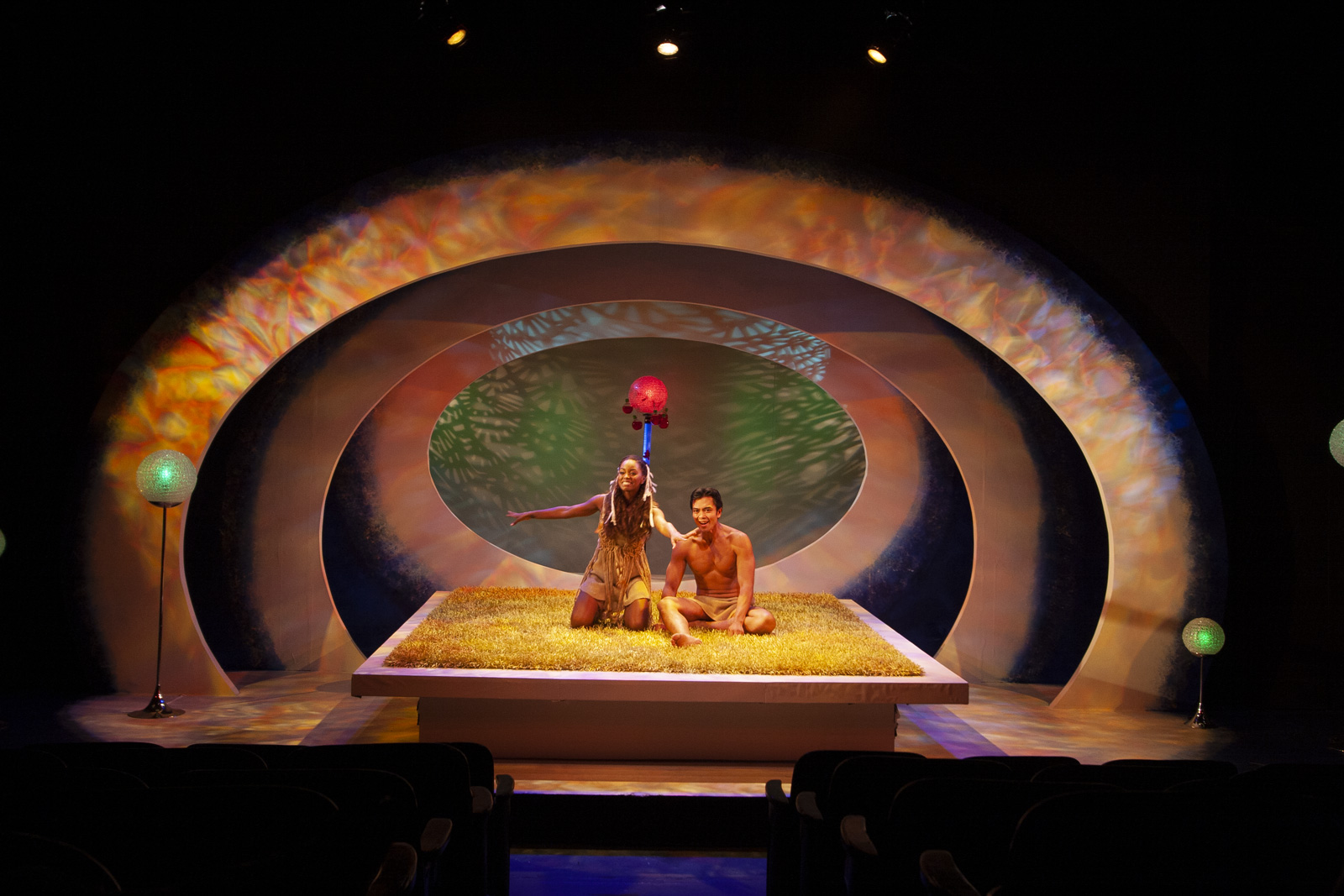
“In order to texture the egg/womb-like set that Beowulf designed we used Rosco Prismatic gobos that had a kaleidoscopic look to them but in specific complementary palettes. The design team had discovered the artist SHAG whose palettes wonderfully echo the 60s. So we took cues from that. The Prismatics went in ellipsoidals with scrollers. When the colors in the prismatics blended with the gel, what was a one-look effect became many. These too shifted, subtly to go from a dawn like light to icy cold or burning hot onstage. It was a complex show with no followspot and just a few technical elements. I’m very proud of what we achieved there.”
When you begin a theatrical lighting project, what’s the first thing you look at? How do you start putting a design together in your mind?
“I start with the script and discover the intentions of the playwright and how it affects me personally. Then I discuss it with the director which could completely change the direction and themes that I had discovered. I find these moments to be the most fun because they push you to discover new things about the story you are all telling. Then I start speaking to our collaborators – the scenic, projection, and costume designers. Sound designers too, they may inform weather and other surroundings (rain on a tin roof) that help you coalesce your design.
“Then the realities of the venue and budget come into play but only after we’ve imagined the best possible worlds for the design. Budget and venue frequently force me to distill my concept down to its bare elements. I find this can be very useful and forces me to cull the chaff and drill down to the root of the story that is being told. Some of my favorite design meetings have taken place while walking through a museum with a director or fellow designer. Just looking at random art and talking about color and form frequently help the team settle on a unified design. One of my biggest regrets about the modern internet age is that we are all rarely in the same place. Certainly we can Skype, but the emotions and tiny signals aren’t there to inform a collaboration.”
If you weren’t a lighting designer, what do you think you would have become?
“I was an EMT in Hartford EMS to put myself through college. This actually has a lot of bearing on how I deal with many elements in the theatre, whether it’s stress, or time constraints, or minor technical failures. The perspective and self-reliance of saving people’s lives night after night have really helped me professionally. However, I’ve been designing lights since I was 14. My friends from high school still marvel at the fact that in my junior year I said I was going to design for theatre and I simply went and did it. That said, everyone working in live events should be certified in CPR and first aid, we have a responsibility to our fellow designers, technicians, and performers, not to mention the audience, to know what to do in an emergency. I carry several items in my bag that I hope I never use, including a tourniquet and CPR mask.”
Your orientation has been primarily theatre, but you’ve also done quite a bit of work in television and film, particularly in recent times. Has the development of new camera technology made broadcast lighting more like theatrical lighting?
“You nailed it. Broadcast used to need hundreds of footcandles of light. Now the Alexa and other cameras can see the difference between an LED ellipsoidal running at 27% and 28%. I’ve had DPs ask me for 27.5% which I solved by mixing a different color that looked the same. Film is getting more and more fun as DPs realize the potential of moving lights and LEDs. Not only as time savers, but to be able to rapidly shift moods and looks as a camera pushes in. I’ve had the most fun with DPs that understand that I’m there to support them and collaborate.
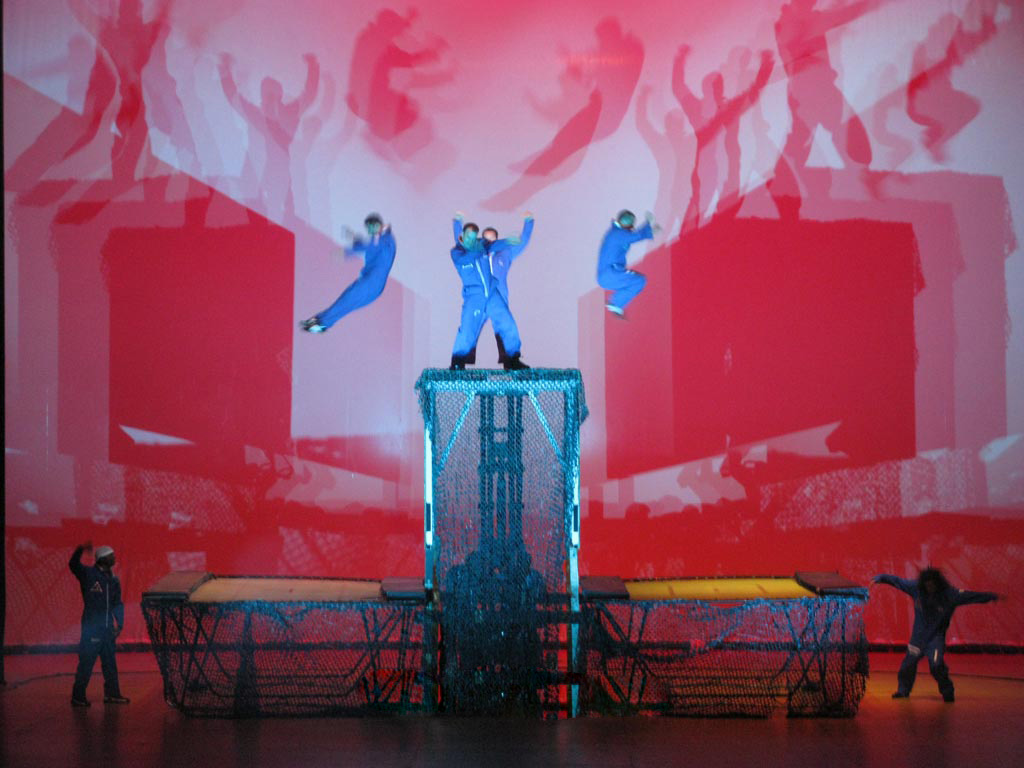
Photo: Courtesy of HGLighting.com
“Many of the older school mentality see Gaffers and LD/Programmers as creeping on their turf (lighting used to be the responsibility of the DP but there is so much to know, I feel many of them can’t keep up, let alone with camera technology that they must be responsible for). The DPs that embrace what we do and the knowledge we bring to the project can benefit greatly from communicating their vision early and letting us take the weight off their shoulders.”
Speaking of film, in “The Amazing Spider-Man 2,” you programmed and controlled the lighting for a complete replica of Times Square that was built on a Long Island Airfield. Can you tell us how that was accomplished?
“It wasn’t just me. It was Ted Read (local 52 IA Programmer), Tommy Hague (Local 1 programmer) and a great Gaffer team from Local 52 including John Velez, Eric Boncher, and Christian May. This was a massively complex set that shot overnights for weeks in the cold spring weather. We rebuilt all of Times Square including the red steps – lit with Kino Flo from below, as opposed to LED, which is an example of if only they had asked, we could have saved a ton of time!
“Every stop light and walk/don’t walk sign was included in that set. Many actual Times Square storefronts with appropriate neon lighting, etc. were also there. We spent days simply channel checking red, yellow, and green stop lights that the props’ crew had wired without rhyme or reason. Then figuring out the actual timings of Times Square stop lights. Do you want to know how many times the red hand flashes before the red turns to green? I don’t know, I’ve forgotten but I have the showfile!
“One of the big elements we used were massive arrays of LED pars that were suspended from cranes to motivate the light coming from the neon/LED billboards. CGI took care of the actual billboards, but it was our job to add the glimmer and flash to the environment. This was a lot of fun and really let us show how quickly the new technology could help a directorial team.
“Just before sunrise one morning, the director was trying to catch the last shot so he wanted to shift from a red/white look to a blue/yellow look. We had seconds before they rolled and the director right next to me said, ‘Oh you probably don’t have time to do this, but could we shift to blue and yellow?’ Well, it was blue and yellow before he turned around to look at his AD and said ‘action.’ Back in the day that was an hour long change. I’m not saying I’m the only one who can do that, but I’m happy to find that new teams are coming to understand what we can do, and they aren’t afraid to ask for what used to be impossible.”
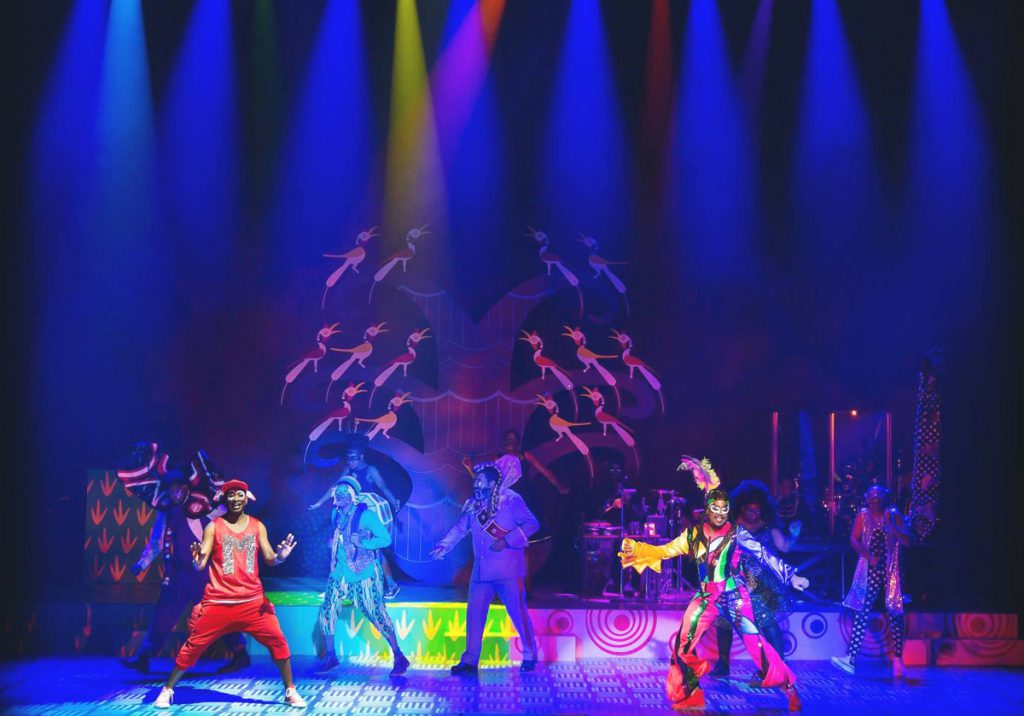
Photo: Alexis Buatti-Ramos
You’ve also lit quite a few events, and in those projects, you often create theatrical looks, treating the venue in many ways like a stage set. How does your experience in theatre influence your event design?
“My theatrical experience informs every job I do. There’s always a way to make things more artistic and elegant even if the client doesn’t realize it or ask for it. Understanding angles and how to make people look good whether on stage or at a lectern or even a wax figure at Madame Tussauds. Most importantly on any project, theatre has taught me to listen to my collaborators and work with a team.”
Regardless of whether you’re working in theatre or some other genre like broadcast or events, you always seem to tie all the scenic elements on stage together with your lighting. What is the key to lighting scenic elements? How do you balance lighting scenery with lighting actors?
“I always think in contrast between background and character. I start lighting my theatrical scenes from upstage and work down. So it starts with the cyc or scenic element, then add backlight, sidelight, etc. finally finishing with the front light. I use various angles to carve the actors out from the scenery. I’m a big fan of sidelight. As far as lighting scenic elements goes, if they have texture to them I enjoy scraping across so the texture becomes dimensional. I highlight colors and use LEDs to subtly shift the tonality depending on the needs of the play.”
What was the best advice you ever got about lighting design?
“Turn on the front light last. I use front light but only as much as necessary. If you turn it on first you don’t get to play with the more dramatic sculptural angles.”
You have also designed for quite a few dance productions, most notably ballet. How does that compare to theatre?
“It’s the same story telling that needs support, but instead of faces we highlight bodies and patterns of people on stage. It’s really fun to collaborate with choreographers who have a distinct vision and message in their work. It’s a great challenge and exciting to help them explore the possibilities.”
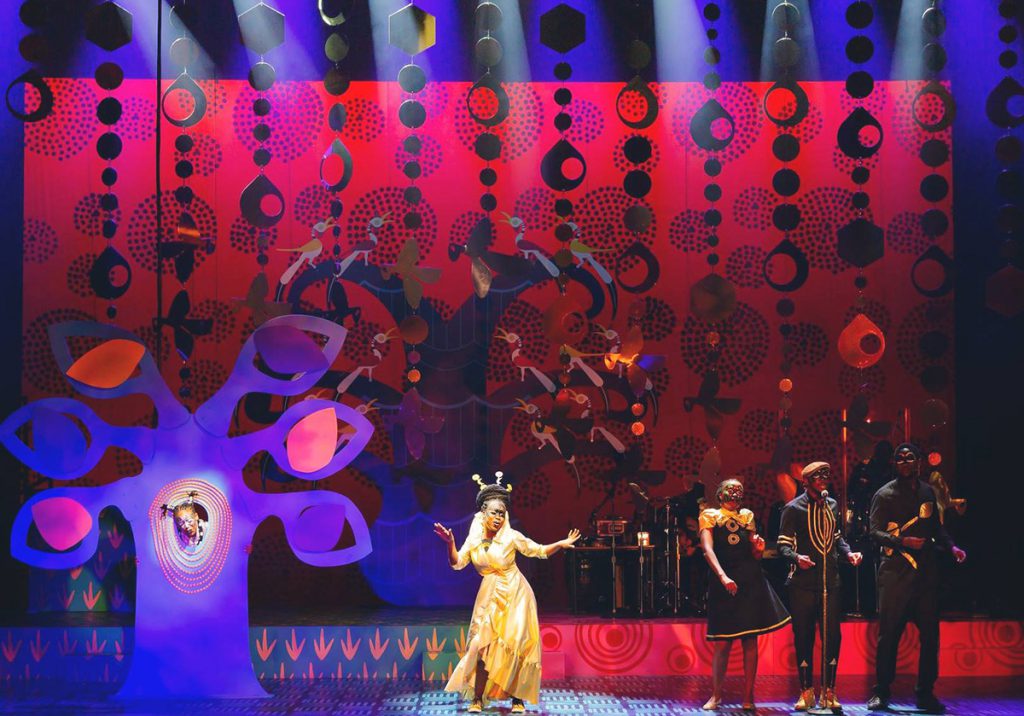
Photo: Alexis Buatti-Ramos
When you work on productions intended for children like “Tinga Tinga Tales” do you take a different approach when a show is for children?
“For theatre for young audiences we have more leeway. They come to the theatre with no preconceived notions. It’s joyous to watch children see their first show. We get to use super vibrant colors and make the lights really dance. Everything is bigger and bolder.”
Speaking of young people, how did you get started in lighting?
“I was a terrible actor in high school. I worked at Mount Holyoke College Summer Theatre as an apprentice, and was exposed to each dept. At the end of the summer I saw super talented actors go back to waiting tables and I realized that acting wouldn’t do it. I had fallen in love with lighting by then anyway and that was that.”
You were a Design Instructor for the MIT Theatre Arts Department in the 1990s. What was the most important lesson you tried to convey to students?
“MIT is a special place. The students are, obviously, very smart but being scientists and engineers, they are taught that there are right and wrong answers and frequently work –metaphorically — with their hands, hiding their papers so others can’t see their work.
My job was not only to instruct them in lighting design, but to teach them how to communicate better, work with each other as a team, and most importantly show them that there are no wrong answers in theatre design. For example, moonlight can be blue even though it is technically reflected sunlight. Once they understood that they could do anything they imagined with their designs, they started coming up with really wonderful ideas.”
How would you like to be remembered as a lighting designer?
“I’d like to be remembered as a designer who thought out of the box, and enhanced the work of his collaborators while having a ton of fun. “